PLANET3'S TECHNOLOGY PLATFORM ALLOWS CLASSROOMS ACCESS TO RICH MEDIA ON ANY DEVICE, ONLINE OR OFFLINE.
Planet3 is built from the ground up to be compatible with Next Generation Science Standards!
What are the Next Generation Science Standards (NGSS)?
The Next Generation Science Standards were released April 2013. The new K–12 standards were developed in a collaborative, state-led process managed by Achieve.org, an independent, nonpartisan, nonprofit education reform organization. NGSS are based on the Framework for K–12 Science Education developed by the National Research Council in 2011.
The NGSS are written as assessable performance expectations asking students to demonstrate mastery of core ideas while using science and engineering practices and applying crosscutting concepts.
In meeting the Performance Expectations, students are asked to demonstrate their knowledge in three dimensions of science:
Scientific & Engineering Practices
Asking questions (for science) and defining problems (for engineering)
Developing and using models
Planning and carrying out investigations
Analyzing and interpreting data
Using math and computational thinking
Constructing explanations (for science) and designing solutions (for engineering)
Engaging in argument from evidence
Obtaining, evaluating and communicating information
Crosscutting Concepts
Patterns
Cause and effect: Mechanism and explanation
Scale, proportion and quantity
Systems and system models
Energy and matter: Flows, cycles, and conservation
Structure and function
Stability and change
disciplinary core ideas
The disciplinary core ideas are represented by the following four domains:
Physical science
Life science
Earth and space science
Engineering, technology, and application of science
Learn more about the standards at the NGSS website.
NGSS and Planet3:
The Planet3 middle school curriculum will be composed of 31 missions covering the core ideas of the life, earth, and physical sciences. The missions are designed to promote a student-centered classroom environment where students actively build their knowledge through a series of challenges. During the Mission Launch challenge, students access prior knowledge while asking questions. In the Data Command Center challenges, students use mathematical reasoning and data analysis to construct explanations. The 3D Adventure places the students in an immersive environment where they problem-solve and interact with simulations and view videos which model scientific concepts. The Case Studies are intended to provide a real-world connection and naturally have a component where students can obtain, evaluate, and communicate information; or develop an argument by citing evidence from informational text. Each mission also has a hands-on activity where the students plan or carry out an investigation. There are assessments and reflections throughout each mission to monitor student learning and promote metacognition. The culminating activity is a performance-based assessment where students complete a task to demonstrate their mastery of the concept. Throughout the missions, connections are also made to related crosscutting concepts.
Each Planet3 mission is aligned to specific performance expectations identifying where it can be integrated into existing units of instruction. The flexibility of the Planet3 curriculum allows for the missions to be used in an integrated or domain-specific approach to middle school science instruction. The pacing guide outlines a suggested three-week timeline, but educators can incorporate existing lessons into each mission to extend and enhance the learning experience.




